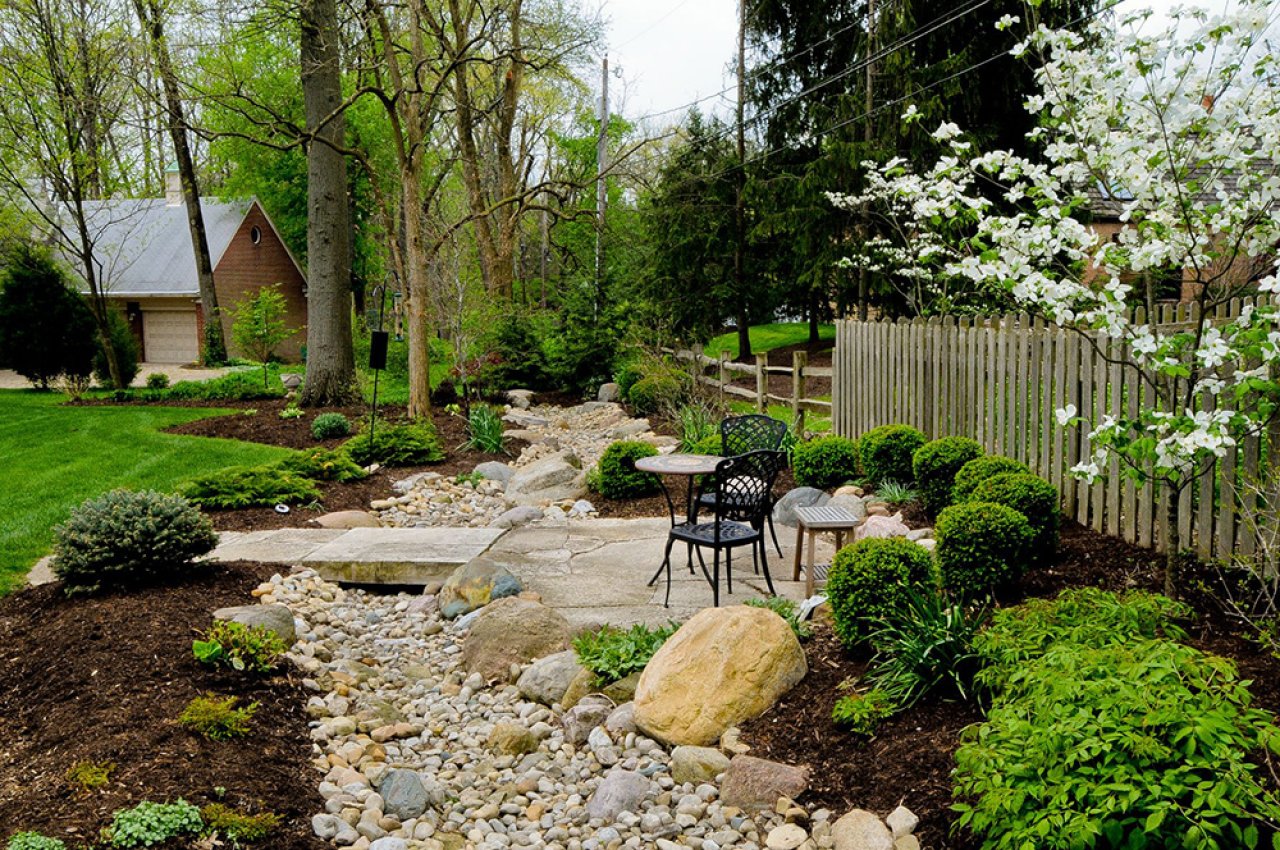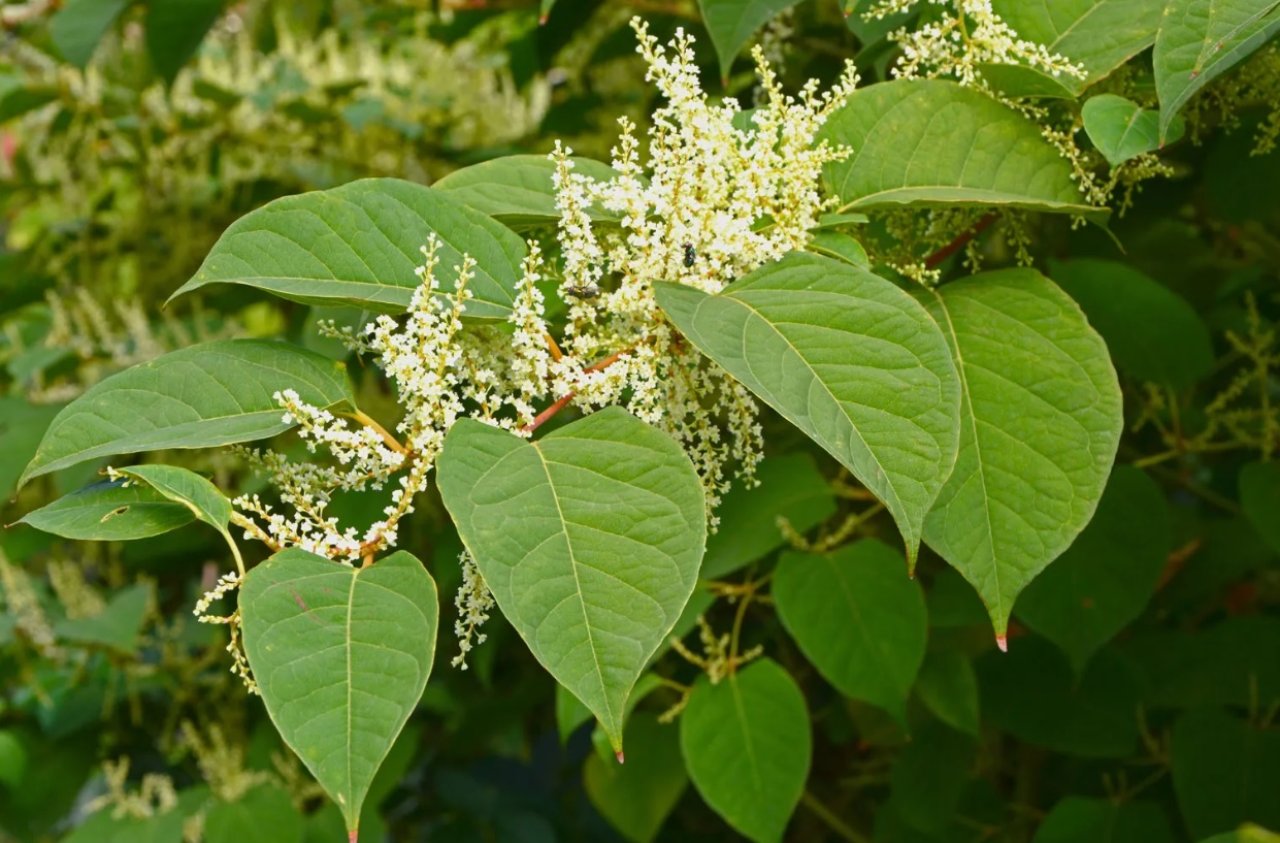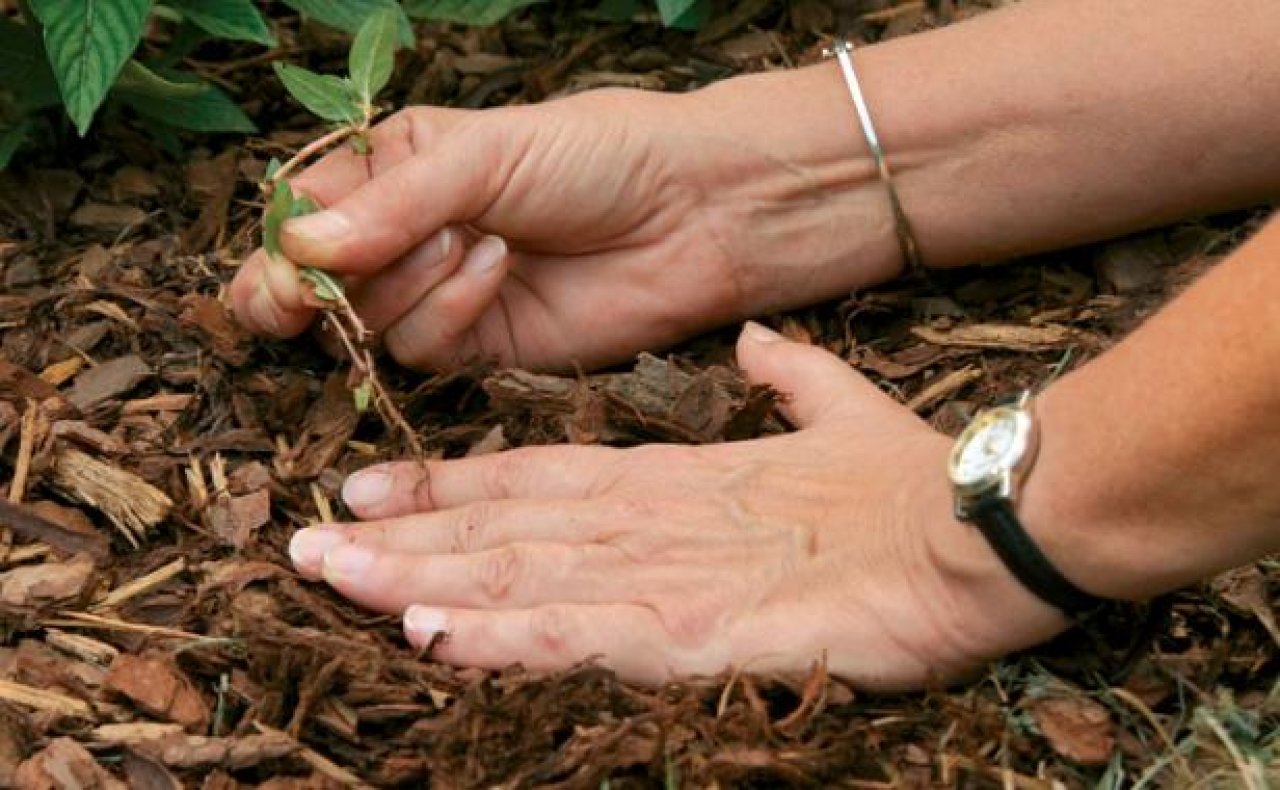
From Ornamental to Outlaw: The Story of Japanese Knotweed

The unwelcome guest in your garden: Japanese Knotweed
Japanese Knotweed is a real battleground weed for any gardener. This fast-growing, invasive perennial can quickly take over your flowerbeds and wreak havoc on your property. It can withstand extreme temperatures, happily growing on the side of volcanoes, or in sub-zero climates. So how do you get rid of it?
Japanese Knotweed is native to Japan, China, and parts of Korea and Taiwan. It was first introduced as an ornamental plant in 1825 and from there spread to North America in the late nineteenth century. Because of its dense growth pattern and high weather tolerance it was often used for erosion control along streams and rivers. By the late 1930s knotweed was already being viewed as a problematic pest.
Identifying the Enemy:
Look for tall canes (up to 7ft!) with a zig-zag pattern and distinctive shovel-shaped leaves.
Leaves are large, around 15cm long by 10cm wide and are light green in color. Smooth edges and a flat base.
In late summer, creamy white flowers may appear.
During winter, the canes die back, leaving only dark reddish-brown stems.
How it Got There:
Unfortunately, there are a few ways this unwelcome guest might have arrived in your garden:
Neighborly Nuisance: Knotweed can easily spread from neighboring properties.
Hidden Hitchhiker: Tiny fragments of root can travel in contaminated soil or even on footwear.
Dormant Danger: If knotweed was previously removed from your garden, it may have been dormant and is now re-emerging.
Don't Go DIY:
While tempting to tackle knotweed yourself, it's important to remember that even small bits of root, the size of a thumbnail, can grow into new plants, so disturbing the soil can worsen the infestation. Trained experts have access to specialized treatments, including herbicides and biocontrol methods, for effective removal.
Remember: Early detection is key! The sooner you take action, the easier and less expensive it will be to eradicate this persistent weed.

